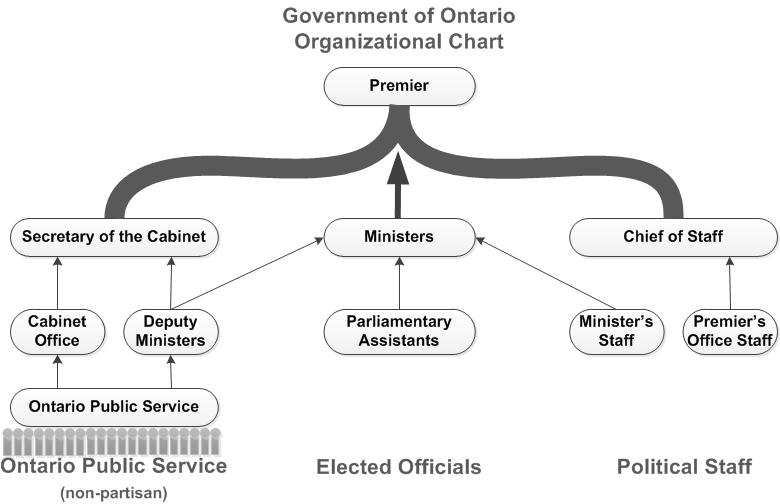 The organization of the civil service involves the recruitment, training, promotion, and transfer of civil servants. Basically, there are two paths along which civil services of the contemporary world are structured: the career system and the system of positions.
The organization of the civil service involves the recruitment, training, promotion, and transfer of civil servants. Basically, there are two paths along which civil services of the contemporary world are structured: the career system and the system of positions.In the career system, employees are recruited to the civil service through competitive entrance examinations. Once accepted in the civil service, new employees enjoy tenure. After an initial probationary stage, they expect to pass the whole of their professional life in the bureaucracy, more often than not in particular sector of the bureaucracy where they began. In some cases, they are trained in schools set up to prepare the newly recruited in service training in new fields of interest, such as modern public management, public finance, and computers.
In service training is usually a prerequisite for the advancement of civil servants. The career ladder is a grade scale, consisting of several categories with different entry levels depending on educational credentials. The career path up this grade scale is closely linked to, but not identical with, promotion in the hierarchy of supervising positions - typically, head of bureau, head of section, and head of division of a ministry (or "department" in the United States, "Office" in the United Kingdom).

In the career system, civil servants who have comparable formal qualifications and specialties form homogeneous groups or bodies-known as grinds crops in finance may populate as a group the often powerful ministry of financialization. Fr example, specialists in public finance may populate as a group the often powerful ministry of finance, these groups are officially recognized by law, and, in practice, they limit the freedom of the political masters of the civil service (that is, the elected governments) to transfer civil servants from one domain puff public administration to another. The crops or cores, which consist of high-ranking employees, enjoy prestige, constitute the informal networks inside the bureaucracy, and usually compete among themselves and with political appointees and cabinet ministries for power in the bureaucracy. The phenomenon has led to strife and fragmentation in some civil services.


0 comments:
Post a Comment